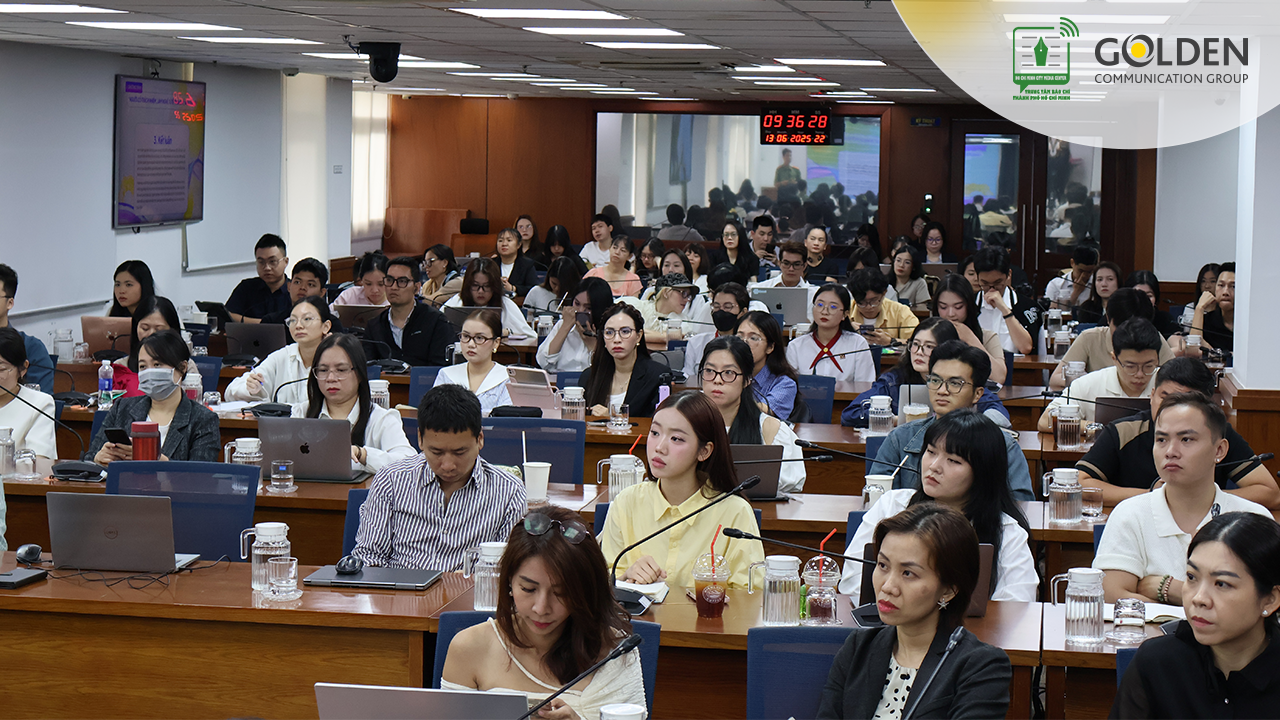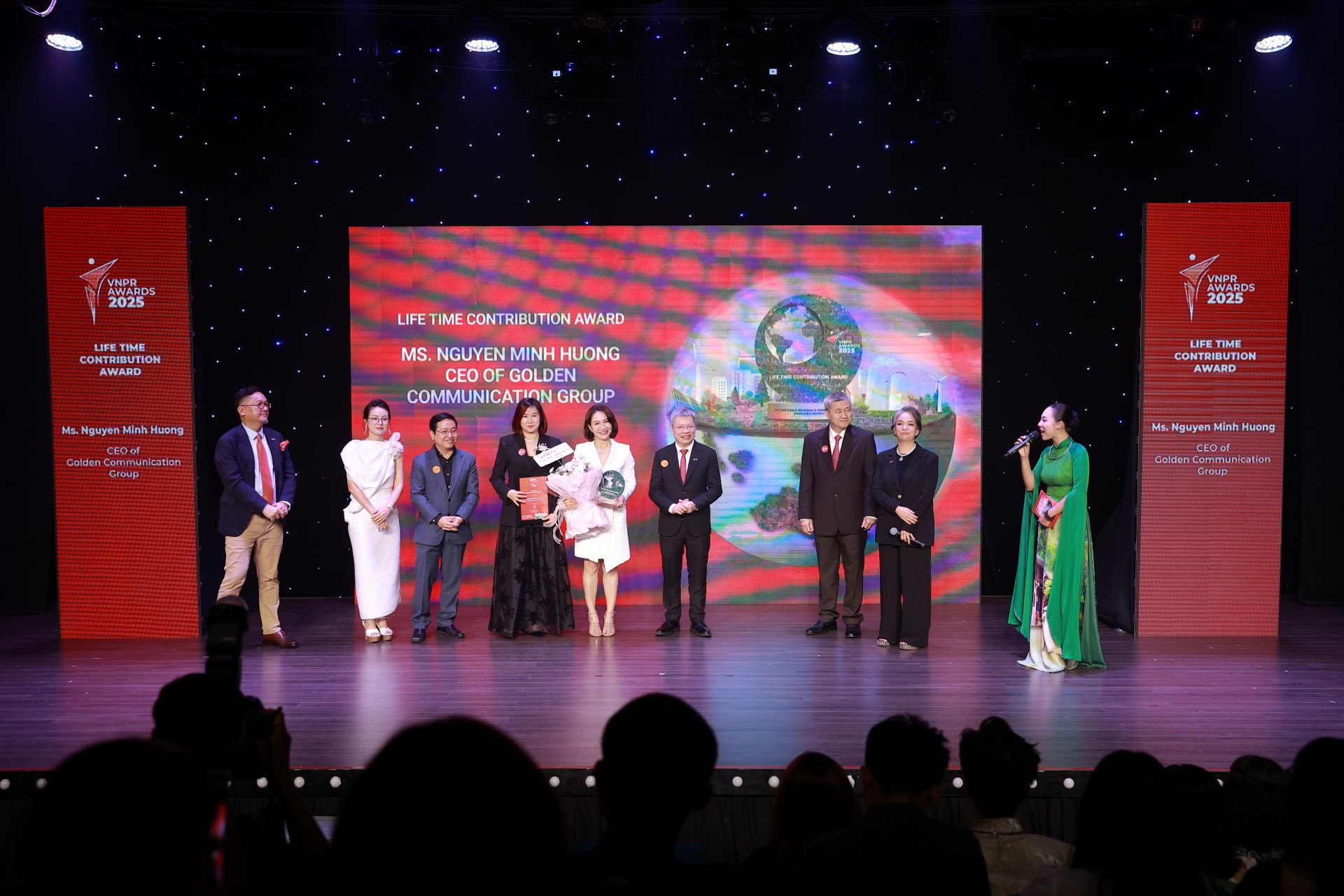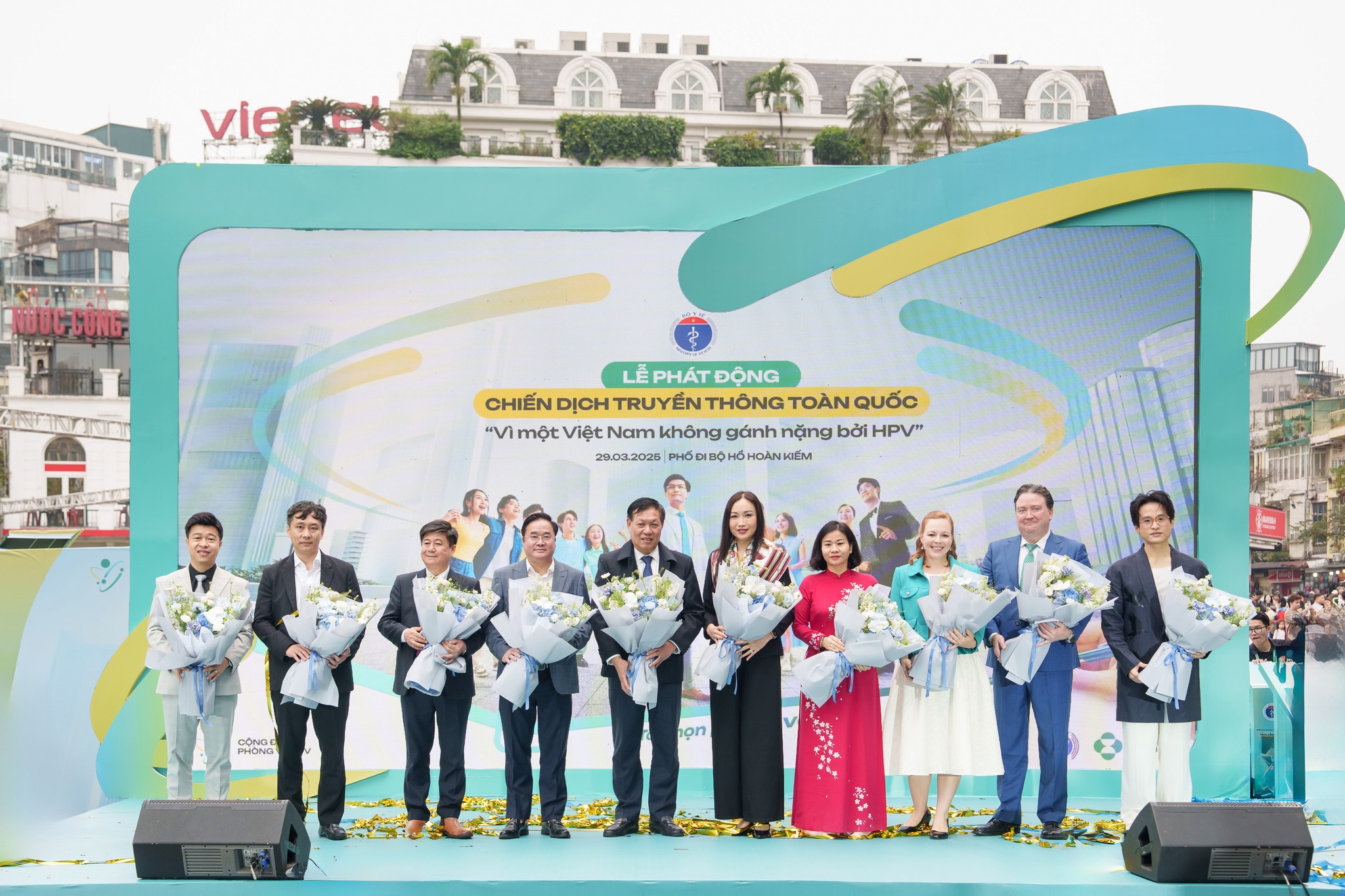At 50, is strategy old enough to stand on its own feet?
- share
- copy link
Is it time to set strategy free? Tying strategy to creative limits the discipline’s potential, argues JWT’s Shakhar Deshpande in an essay for WARC’s Future of Strategy report 2018.
Strategy in creative agencies was born to Stephen King and Stanley Pollitt in 1968. It was the offspring of a purposeful experiment – created specifically to be of service to its older sibling, the creative product. There were frustrations around a lack of customer orientation, and a lack of rigour. Planning was conceived to address the issues that were ailing creative.
As time went on, strategy grew increasingly useful and important. Agencies hired more planners. They became more popular with clients. Agencies, however, subsidised strategy, because ultimately, it was good for the core business. Even as strategy was learning to fly, its wings were clipped by its originators, perhaps unknowingly. Strategists were only offered to clients when they bought a substantial chunk of creativity. The bigger the account, the more strategists worked on it, and smaller accounts, though creatively interesting, couldn’t afford strategy.
It showed. A look at the CVs of most strategists is a dead giveaway to this mindset. It’s all about the work, and even most interviews are still essentially a demonstration of how you helped make great campaigns, and make campaigns great.
Cut to the 50th birthday of this experimental child. In the creative agency world, strategy is the giant who still walks in the shadow of its creative sibling. Trouble is, that older sibling is facing critical health issues. Irrespective of whether they’re right, clients are now looking for marketing and brand solutions in several different forms, and creative work is just one of them. Whether they’re right to obsess over new and shiny things is a philosophical matter.
The practical reality is that tying strategy to the creative product is limiting its potential. For all that we hear and read about ‘traditional agencies’ facing tough times, rarely do you read about strategists being outdated. If anything, senior clients want more strategy, perhaps to help them navigate the current marketing labyrinth, and become better marketers. They are increasingly looking for outcomes, not assets.
Clients, therefore, are faced with a difficult choice. They want the company of strategists, but not if they are forced also to buy a huge creative scope. Who else can they turn to then, but consultants? It’s ironic. We see consultants as threats, but yet, we’re holding our strategists back. Why can’t strategy in a creative agency be a revenue centre? Having helped so many brands extend to other categories, is it wise for agencies to neglect the opportunity in their own buildings?
What if, instead of chaining strategy to creative assets, we freed it, and formed a formidable team of siblings that could also compete individually? Strategy was born out of a creative agency. Its ability to reimagine brands and see new futures through fresh and bespoke thinking, rather than apply standardised processes and models, is a unique advantage. It ought to make the consultants fear us, not the other way round.
It is time for this 50-year-old to stand on its own feet. This, perhaps, would be a fitting birthday present – its parents wanted greater customer orientation after all.
Shekhar Deshpande, J Walter Thompson Opinion
-------
Column đề nghị: Case Study
Tag đề nghị: Sales, Super Bowl,
Skittles: How to grow sales from the Super Bowl
NEW YORK: The whole point of advertising at the Super Bowl is to find as many engaged viewers as possible. Skittles, however, created an ad for just one person, and used the mystery of the ad to find maximum earned media impact and market moving sales increases.
This is according to a new article on WARC, How Skittles found its sweet spot at the 2018 Super Bowl, which details the creation of an ad for a target audience of one: Marcos Menendez of Canoga Park, California, an ardent Skittles fan. The brand made a ludicrously expensive ad just for him. The rest of the audience, who watched on Facebook Live, or read about it, could only see Marcos’ reaction and a selection of teasers featuring David Schwimmer.
To this day, Mars and DDB Chicago maintain that, apart from the people who worked on the ad, still only its target audience of one has seen it. The ridiculously exclusive spot also picked up two Gold Lions at Cannes in June.
“When you look at the Super Bowl and the role that brands play within that moment, and you think about the scale of the marketing melee, it was one of the most obvious events for the brand to take on and shake up. Every other brand is aiming to be loved by millions. So if you're a brand that's intent on poking a finger in what's expected, you do the opposite”, Josh Drueck, Group Strategy Director, DDB Chicago, told WARC.
However, not featuring officially has some drawbacks, such as not featuring in the January announcement – traditionally a “big initial spike,” says Drueck – so the brand released a film on social channels to share the idea, with Schwimmer talking about the film that they would never see.
“We had a lot of conversation internally of how much were we willing to flex on Marcos being the one person to watch it. And the definitive answer always kept going back to: ‘If we're going to do this, let's do it properly.”’
A few snippets were later revealed: the David Schwimmer with laser eyes had a cameo role, along with Menendez’s mother. One scene was even secretly filmed in his house.
The Super Bowl delivered 1.5 billion earned impressions, and exceeded the brand’s specific earned reach goal. The ad appeared on the ‘best Super Bowl ad’ lists. Fundamentally, however, the only result that matters is sales: the ad drove a 7% uplift.
WARC
--------
Column đề nghị: Market Insight
Tag: India Market, Car Market, Car Insight
How India's car buyers are changing
MUMBAI: India’s car market is adapting from a price focus to a greater emphasis on features, as disposable incomes of a growing middle class have reset priorities.
This is significant due to India’s position as the world’s fourth largest car market, and its fastest growing.
“A large share of customers are now experienced buyers looking to upgrade their cars. As they can afford it, they are looking for more features,” Deepesh Rathore, co-founder and director of London’s Emerging Markets Automotive Advisors, told Mint.
The shift has not been lost on the car marques, who are working to create better customer experiences alongside the introduction of more premium features.
Y.K. Koo, managing director and chief executive of Hyundai India noted, “Today, a car is not just perceived as a mode of transport, it has become a carrier that personifies an individual’s style and persona”. Following 20 years of mass-market focus for the brand, the company has now reframed its offer and pivoted to a premium market in a similar way to Maruti Suzuki India, the market leader.
“When we first entered India, our aim was to establish Hyundai as a mass brand. Having completed two decades, we want to now position Hyundai as a modern premium brand,” Puneet Anand, senior general manager (marketing) and group head, Hyundai, said at the time.
Furthermore, according to three people with knowledge of the matter from the European car makers Škoda and Volkswagen, both are undertaking profound digitisation drives across showrooms.
Meanwhile, write Facebook’s APAC Head of Marketing, Reynold D’Silva, and Aoi Tanaka-Ivanovic, APAC Industry Insight Expert, digital experiences are enhancing automakers’ play. Recent research in India shows nearly 50% of auto buyers make a decision on both brand and model before visiting a dealer.
WARC
.png)


.jpg)

